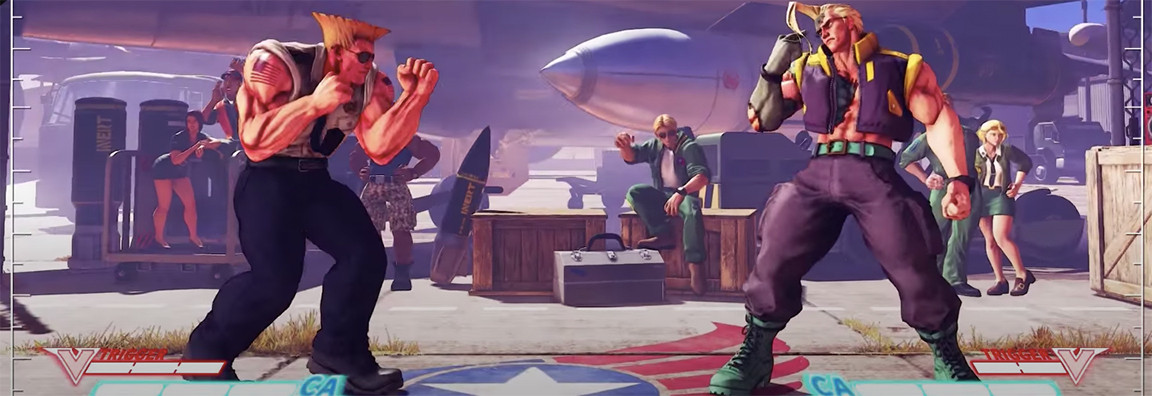What do Simon Belmont, Guile, and Cetrion have in common? They’re rad? That’s close and not technically incorrect. But all three are zoners in fighting games.
Zoning is one of the more straightforward fighting game character archetypes. Unfortunately, they have a bad reputation. First, let’s learn more about what constitutes zoning and how it differs from keepaway.
What is Zoning
Zoning is all about controlling the space between you and the opponent, typically with different types of projectiles that force your opponent into disadvantageous positions based on their distance.
How does Zoning Work
Strong zoners typically have good projectiles and range. Think Guile’s sonic boom or sweep kick. If a projectile has too much start-up or recovery, it might not be the best tool for zoning in most instances outside of combos, reads, or mix-ups.
A zoner wants to control the pacing. Dictating the speed of the match comes down to finding that sweet spot distance where their moves are the most effective. In other words, positions that allow players to optimally use a majority of their kit.
Projectile Traits, Properties, and Characteristics
Every action in a fighting game should be made with the intention to produce a specific reaction from the opponent. Zoning is no different. Don’t just throw out projectiles to try to stay away from your opponent. Think about whether they’ll block, jump, duck, or do a character-specific move like teleport.
There are generally two reactions players will take to mitigate damage: blocking and jumping. Depending on how close the jump is, the player can be punished. The same goes for blocks. If Cetrion catches you in block with a barrage of projectiles, then you’re going to have to keep making the right calls to avoid her opening you up.
Range is important. A character with a lot of range and a teleport can be an especially effective zoner, such as Dhalsim from the Street Fighter franchise. But because of those abilities, he suffers in other areas, like speed. While this balance isn’t always the case, weigh the give and take based on your personal playstyle to figure out if a zoner is right for you.
The Art of Zoning
Zone play is sometimes frowned upon by players that think it is merely spamming or too slow for their taste. However, like Shujinkydink says in his video, there is more nuance to zoning than just hitting buttons, and trapping players in projectiles isn’t as easy as many might think.
Next time you’re watching a match, pay attention to changes in playstyle. Notice the non-zoner’s patience and adaptation to get in, pick up the pace, and counter the zoning. Plus, the zoner’s tactics to maintain that proper spacing. You’ll potentially start to appreciate another side of the FGC.
What is the difference between Zoning and Keepaway
There’s a common misconception that zoning is the same thing as keepaway, possibly giving the archetype more hate than it deserves. Zoning requires players to maintain specific distances, while keepaway is simply keeping as much space between you and the opponent as possible. Not all zoners excel at keepaway.
Experience the different character archetypes for yourself in the PlayStation Open Series!
